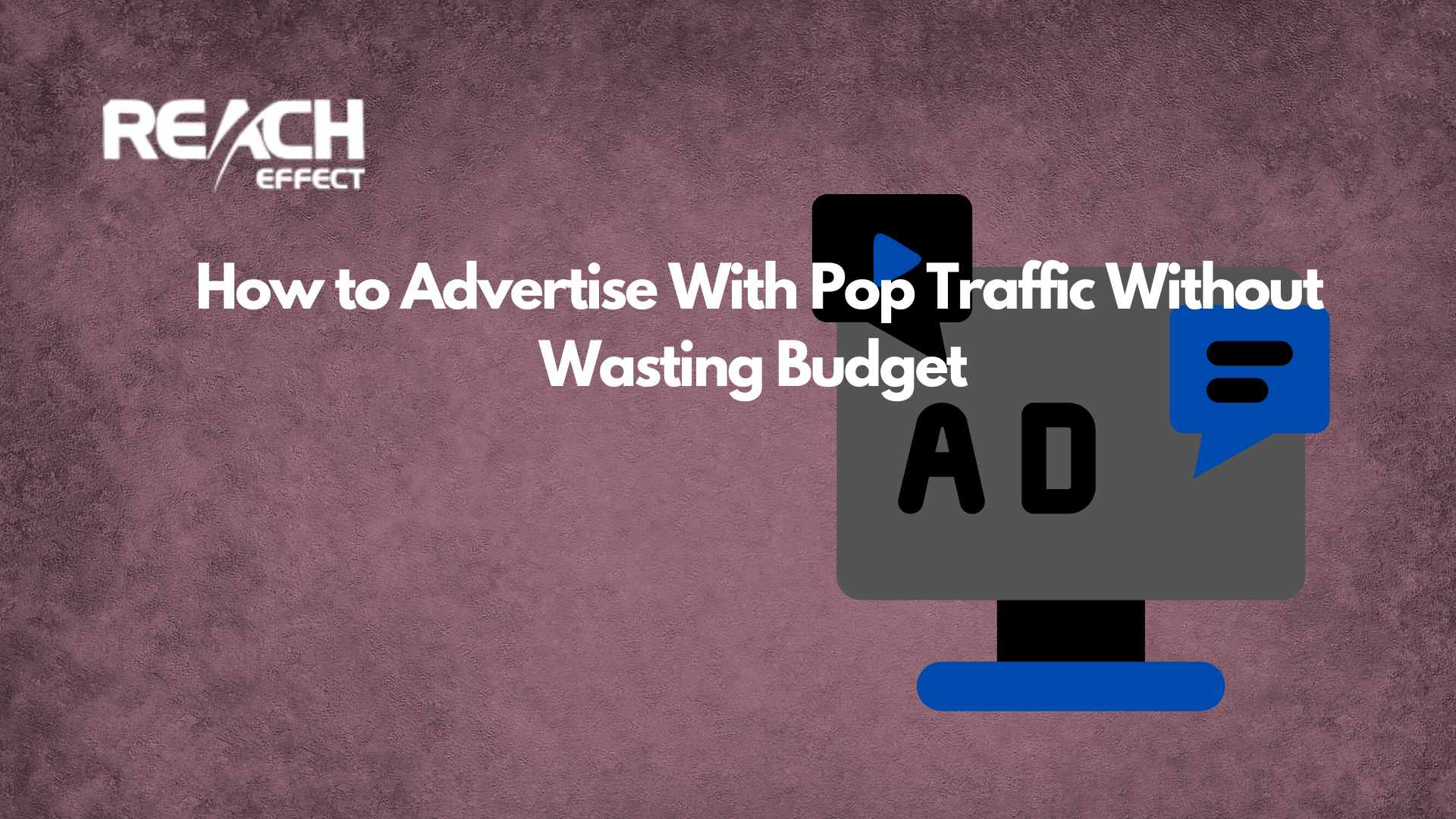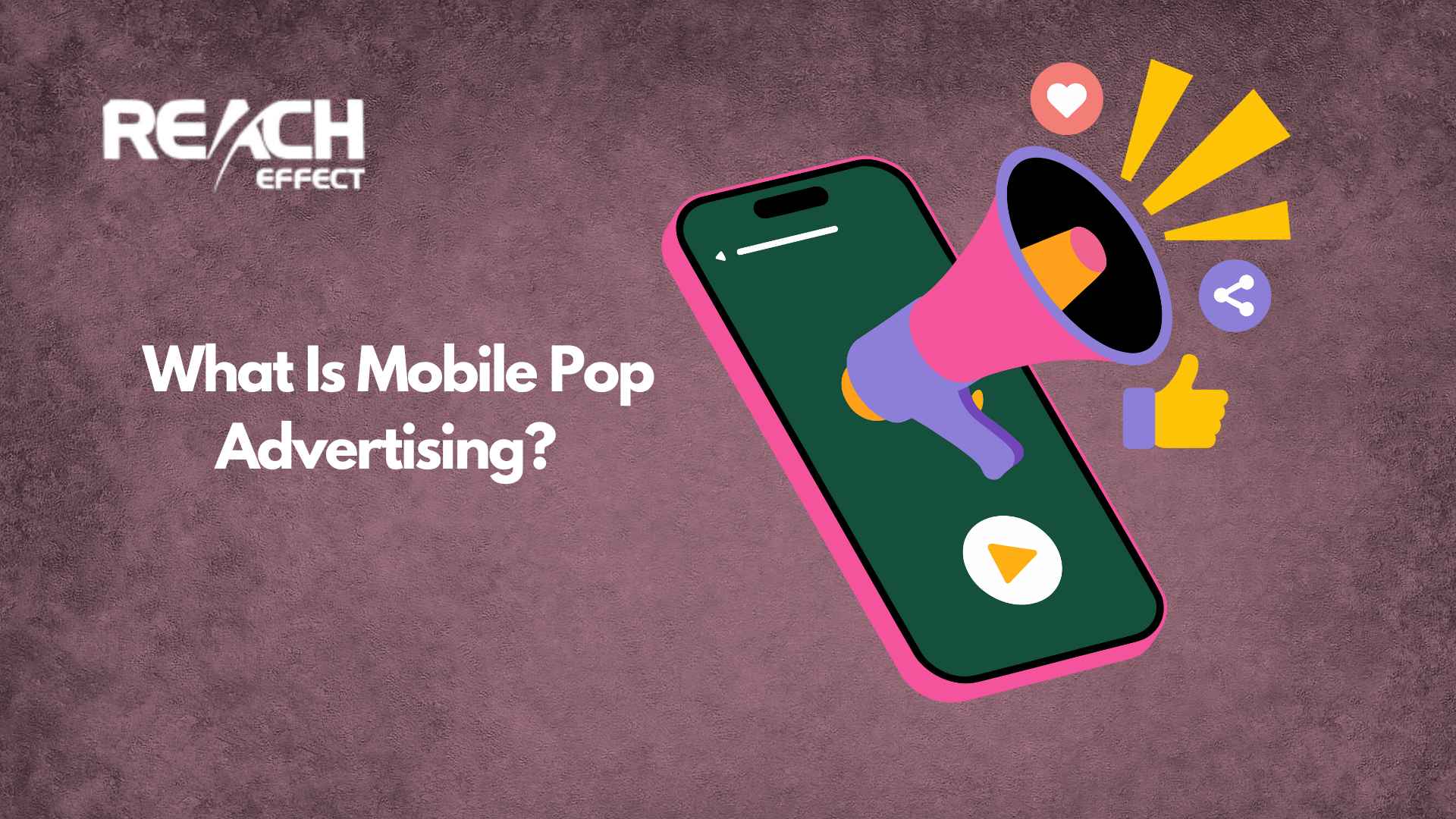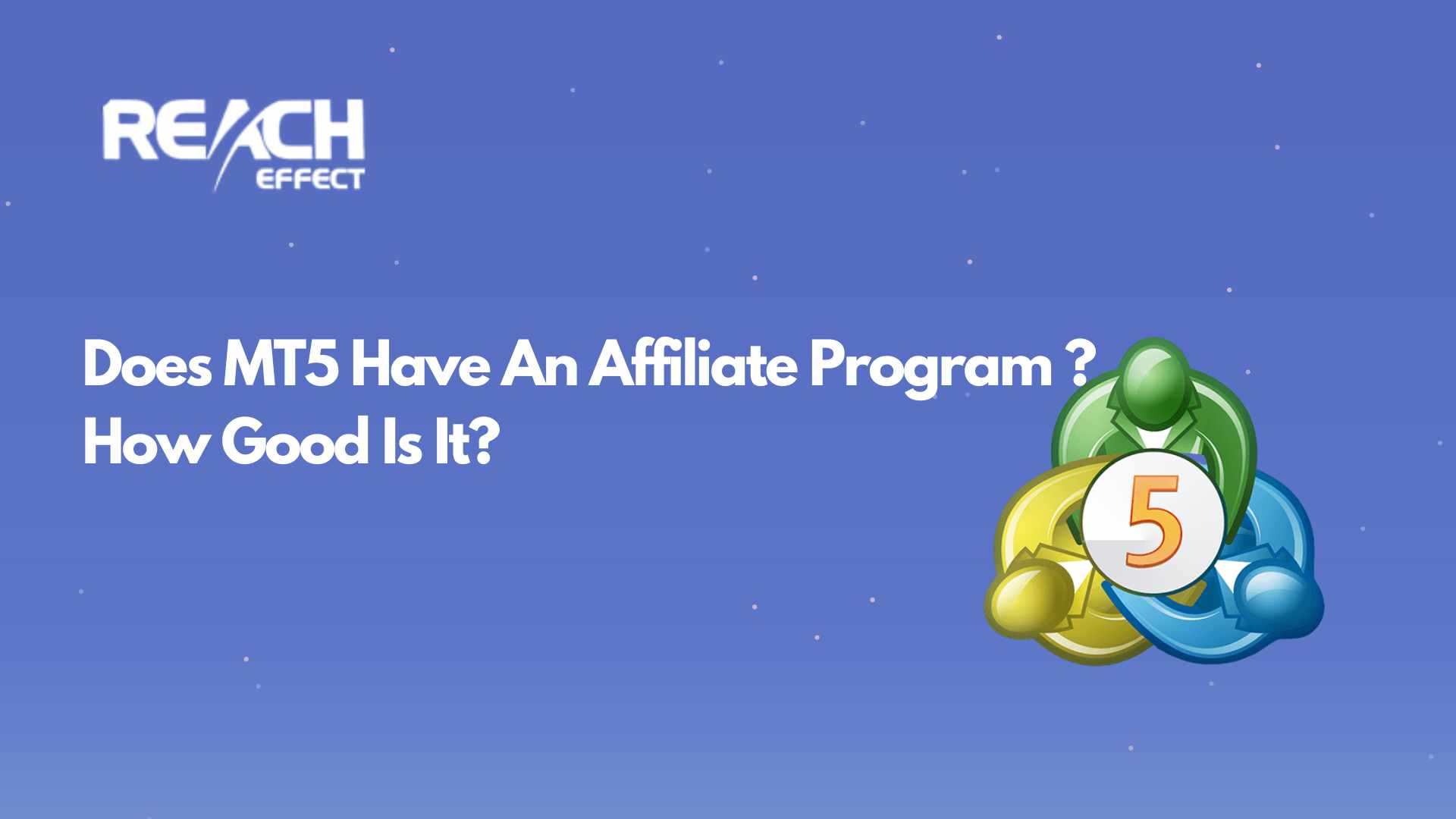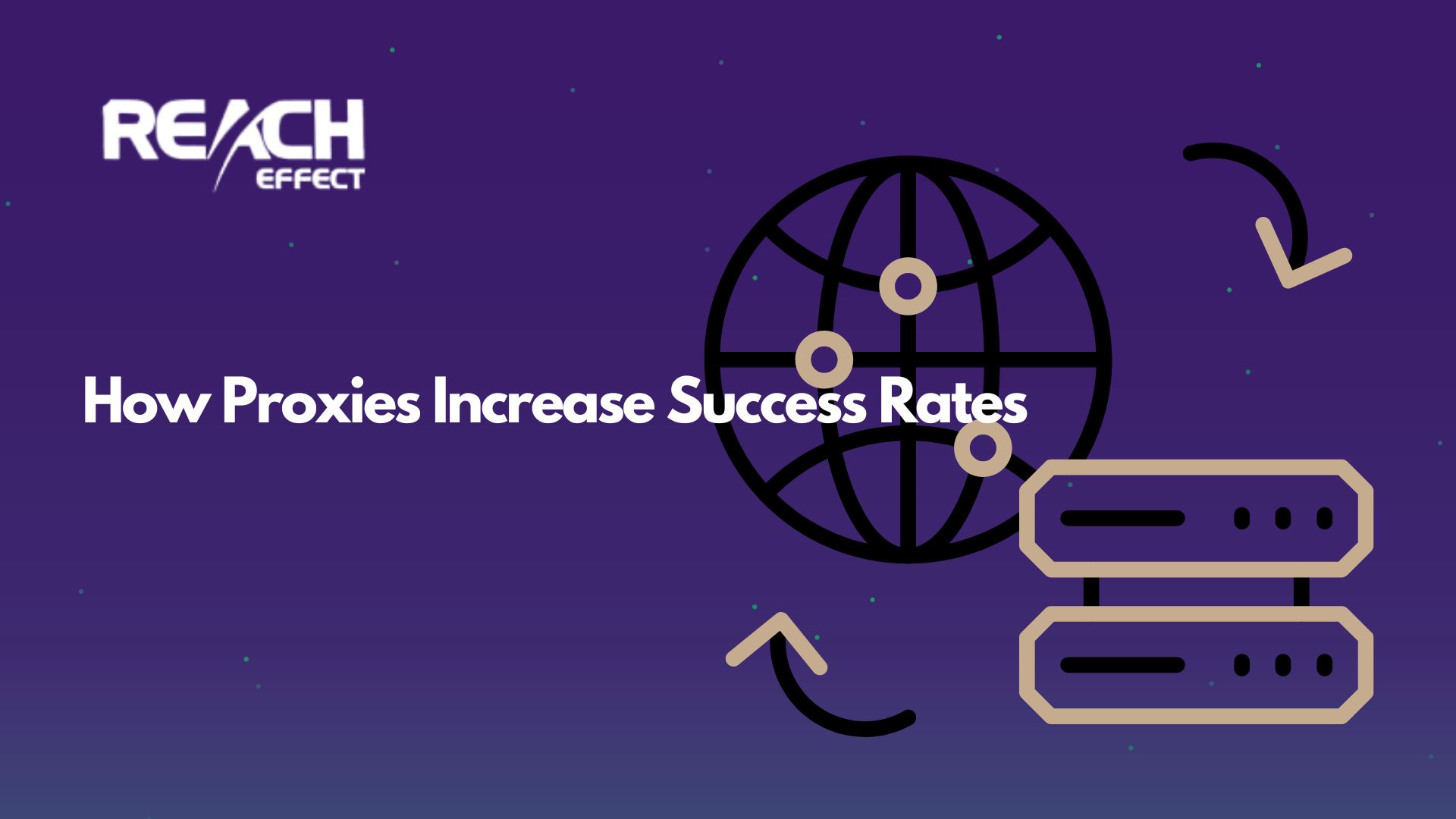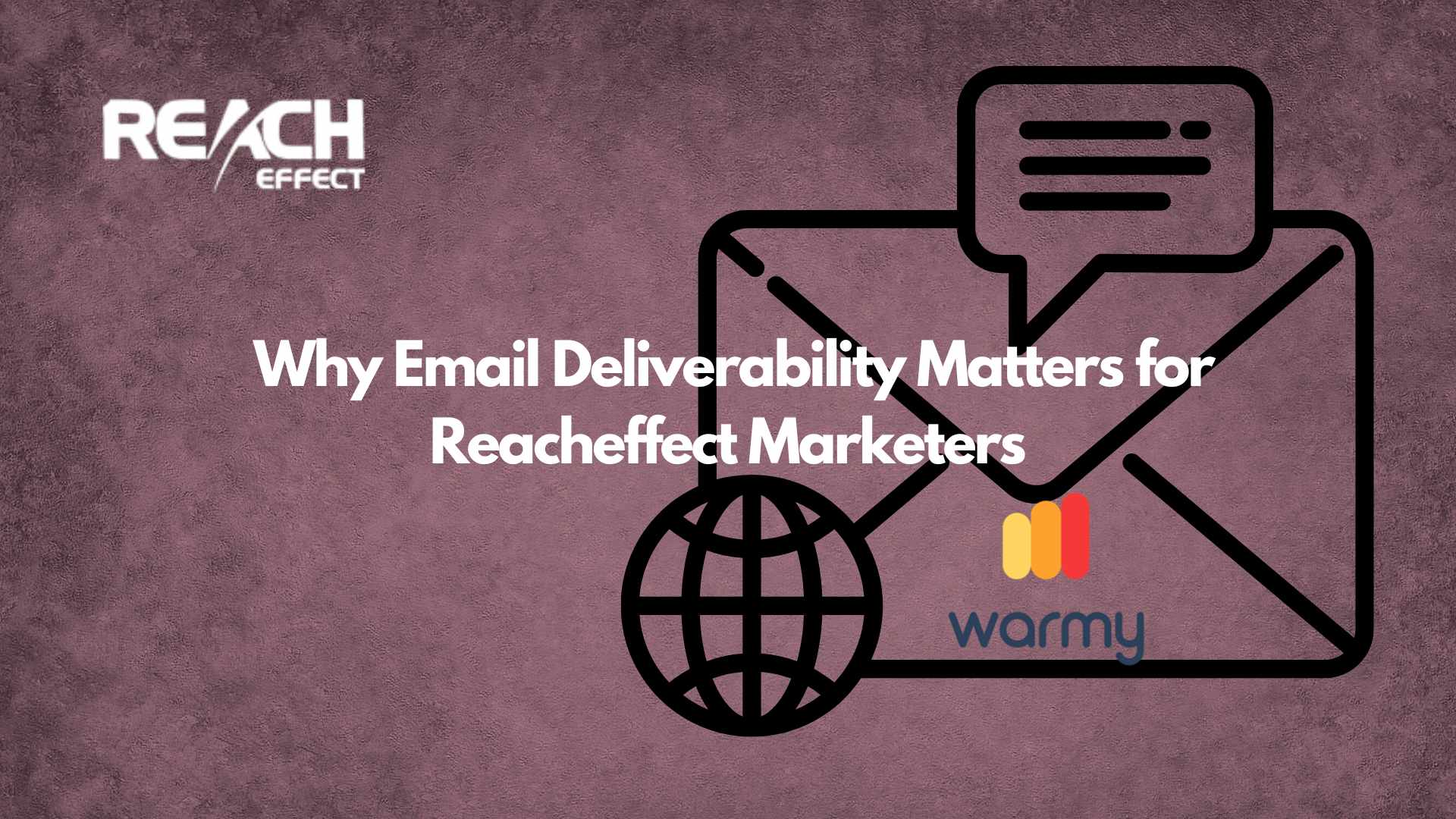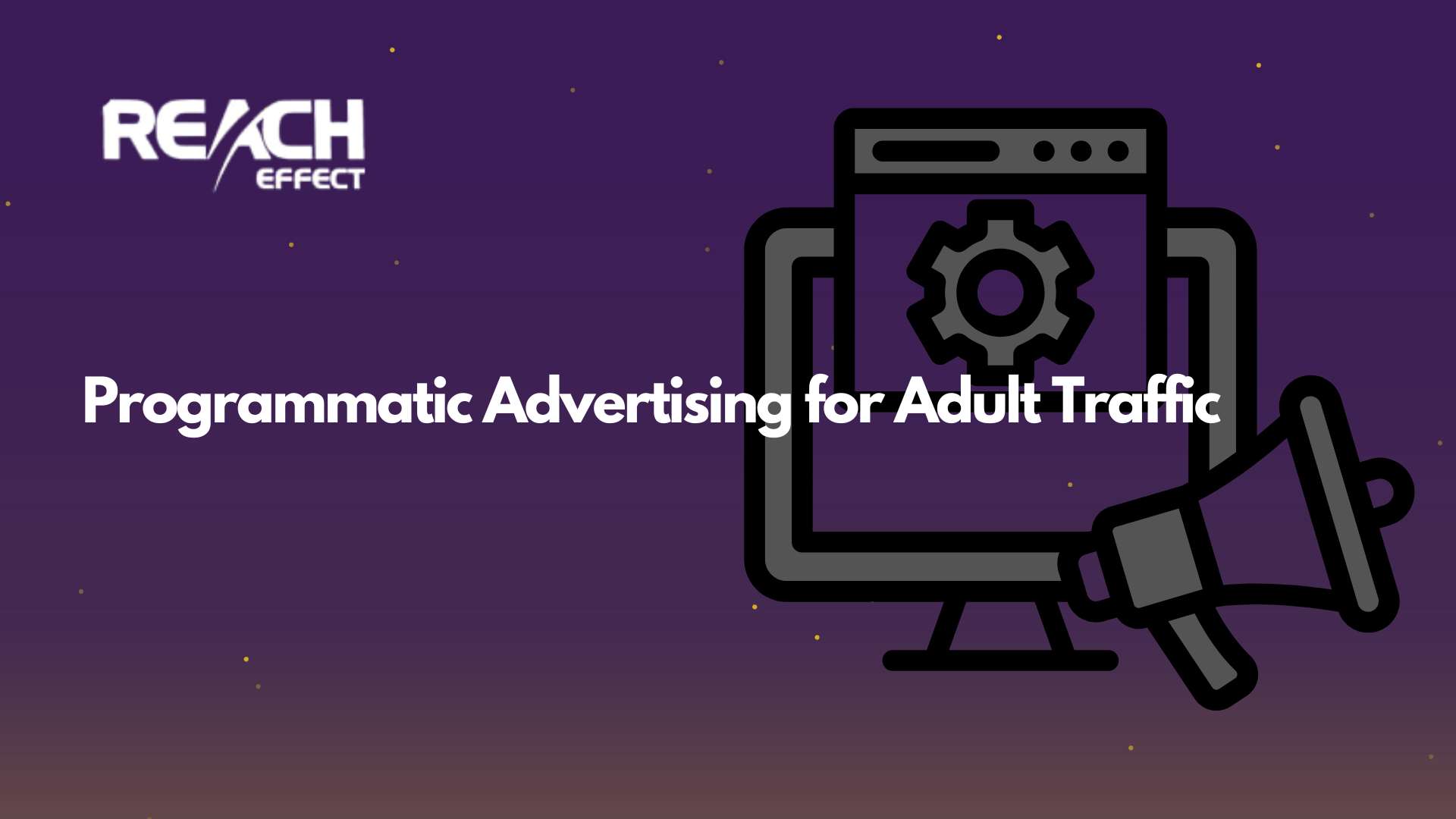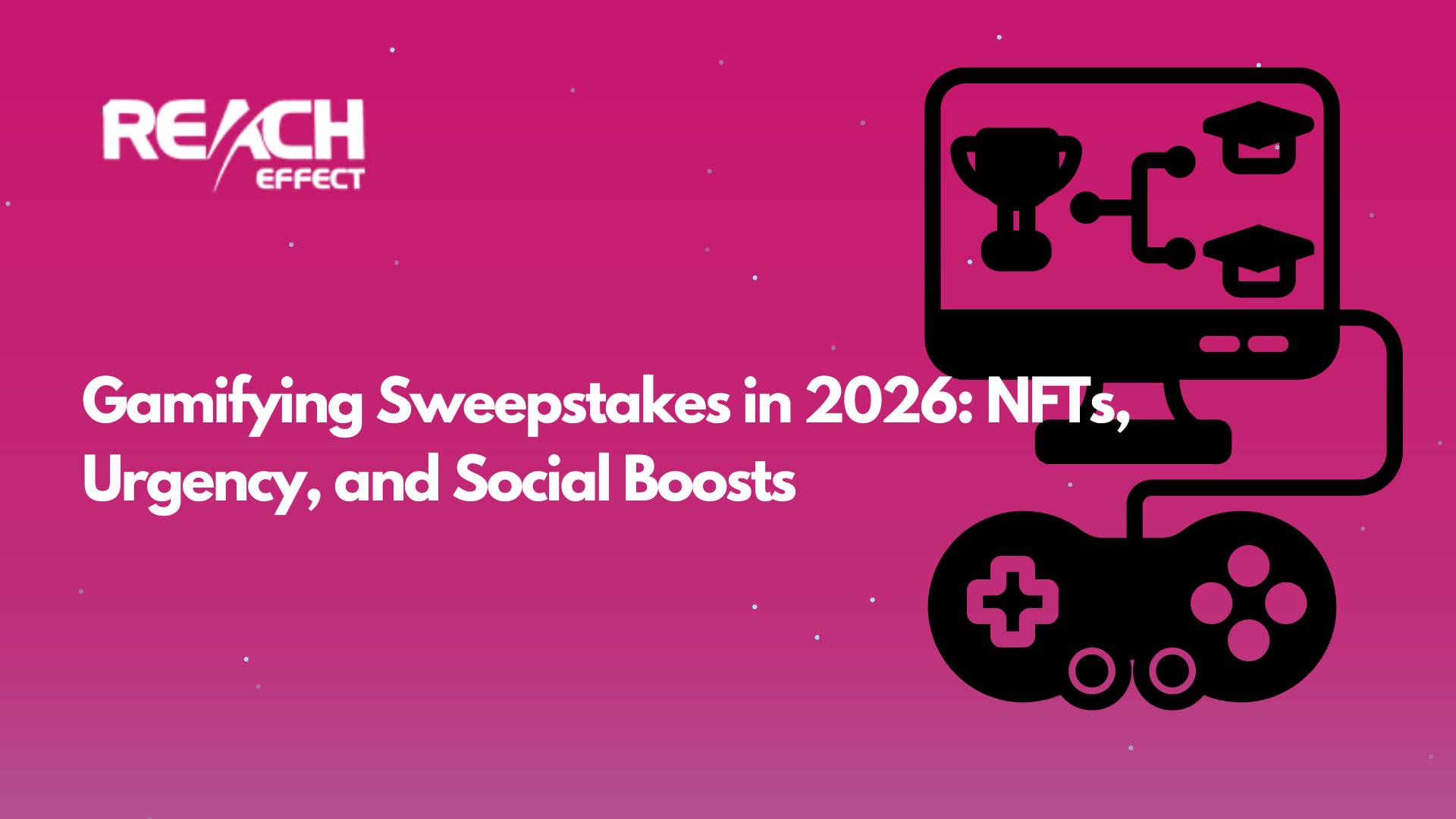In the developing web marketing sector, native adverts have emerged as an influential strategy. It is seamlessly blending with the user experience to deliver branded content. This article delves into the nuanced world of native promotion. We explore its advantages, drawbacks, and impact on brand visibility and consumer engagement. Businesses and marketers can gain valuable insights as we navigate the pros and cons. They’ll help them to make informed decisions. Solutions are about incorporating native advertising into their overarching marketing strategies. Join us on this exploration. We’ll help you to know the advantages of native advertising.
Thank you for reading this post, don't forget to subscribe!5 Advantages of Native Advertising

Join us as we unveil the many native advertising advantages. Among them are:
- Increased Visibility: Native ads are more likely to be noticeable and interacted with. It is due to their integrated nature, leading to higher visibility and recall.
- Enhanced Click-Through Rates: The organic feel of native ads contributes to higher CTRs. Users are more inclined to click on content that fits their browsing experience.
- Adaptable Formats: These ads can take various forms, including articles, videos, and social media posts. They provide flexibility to adapt to different platforms and content types.
- Mobile Optimization: Native ads are effective in capturing the attention of users on smartphones. They contribute to a mobile-friendly advertising strategy.
- Content Discovery: Such adverts often appear in content recommendation widgets. They foster content discovery and expand the reach of branded material.
Explore the many native advertising advantages. Each contributes to holistic and practical access in the diverse web marketing sector.
Pros and Cons of Native Advertising
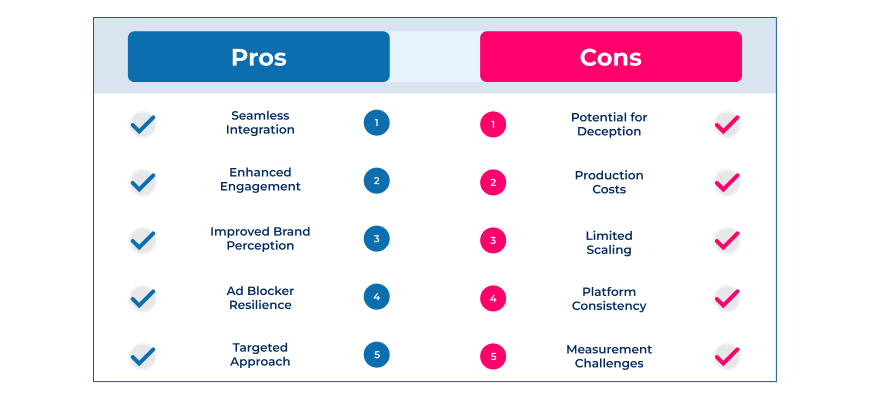
Delving into native ads entails a nuanced understanding of its strengths and challenges. Here are the pros and cons associated with this dynamic marketing strategy:
Pros:
- Seamless Integration: Native ads seamlessly blend with content. They provide a non-disruptive and natural user experience.
- Enhanced Engagement: The format often leads to higher engagement rates. Audiences are more receptive to non-intrusive, relevant content.
- Improved Brand Perception: Native ads foster a positive brand perception and consumer trust. They do it by aligning with the surrounding content.
- Ad Blocker Resilience: Native ads are less susceptible to ad blockers. They ensure broader visibility and reach for advertisers.
- Targeted Approach: Allows for precise audience targeting. Ensure the content is often delivered to the most relevant demographics.
Cons:
- Potential for Deception: The seamless integration might blur the line between ads and content. It leads to audience confusion or perceived deception.
- Production Costs: Crafting quality native content can be resource-intensive. It is potentially increasing production costs for advertisers.
- Limited Scaling: A native ad’s effectiveness is often tied to context. It makes it challenging to scale campaigns without compromising relevance.
- Platform Consistency: Achieving a consistent native ad experience across diverse platforms. It can be challenging, impacting the uniformity of brand messaging.
- Measurement Challenges: Metrics for assessing the success of native ads can be subjective. They pose challenges in accurately measuring performance.
We navigate the pros and cons of native advertising. So, marketers gain valuable insights to make informed decisions. They can optimize the balance between engagement and transparency in their advertising strategies.
Conclusion
The advantages of native advertising are undeniable. They offer a potent strategy to elevate your brand’s visibility and engagement. Consider leveraging the power of such ads to its full potential. To embark on this transformative journey, deposit with our platform. Unleash the true potential of your advertising endeavors through ReachEffect traffic. Join us in driving success through strategic and impactful marketing initiatives.


